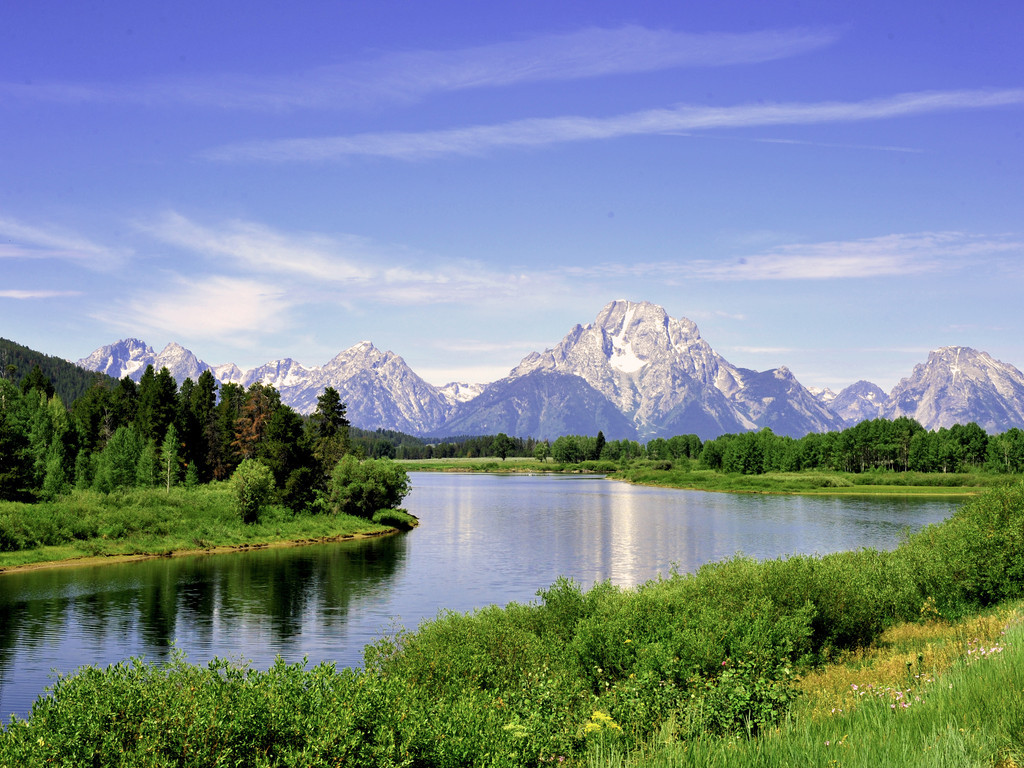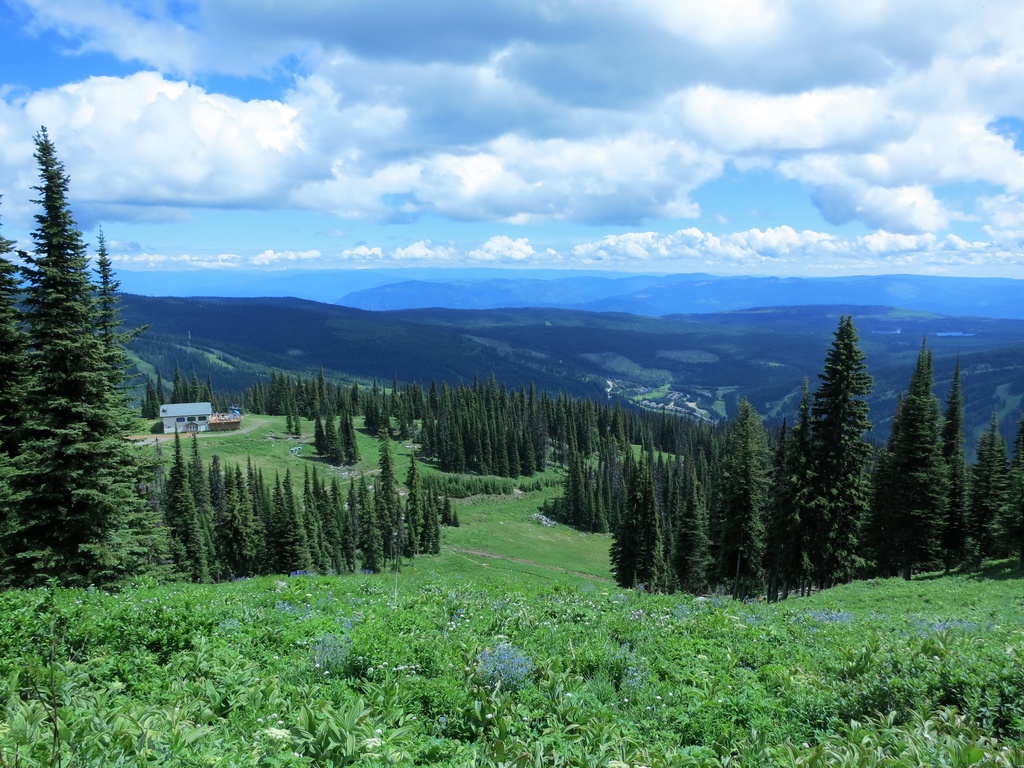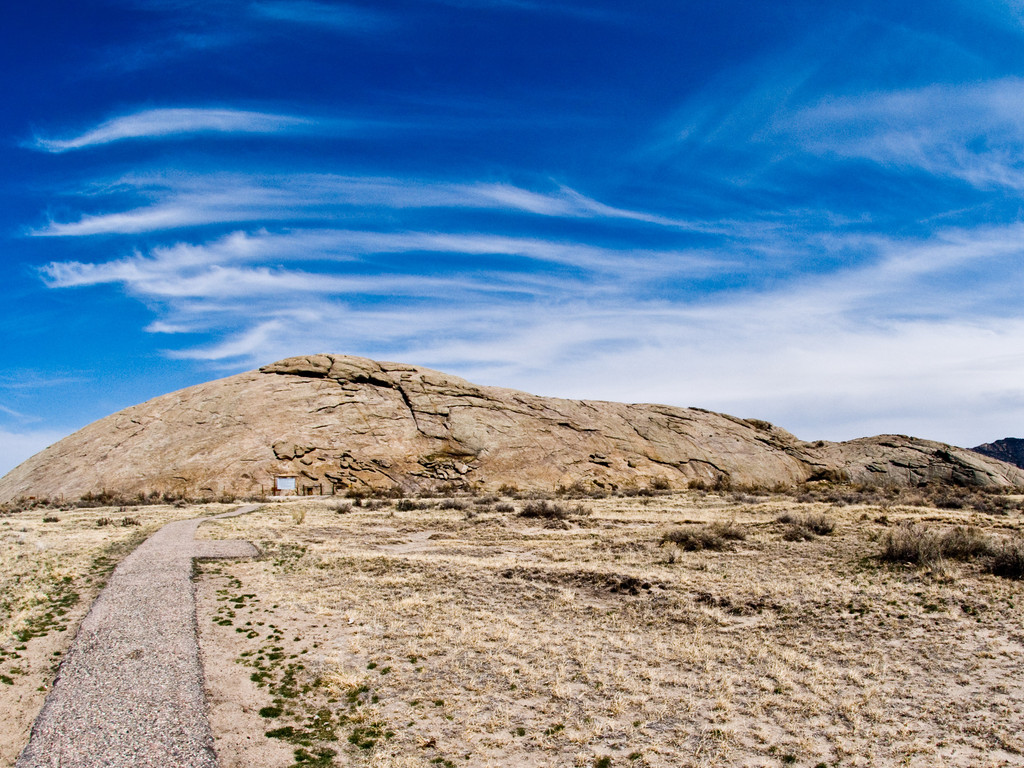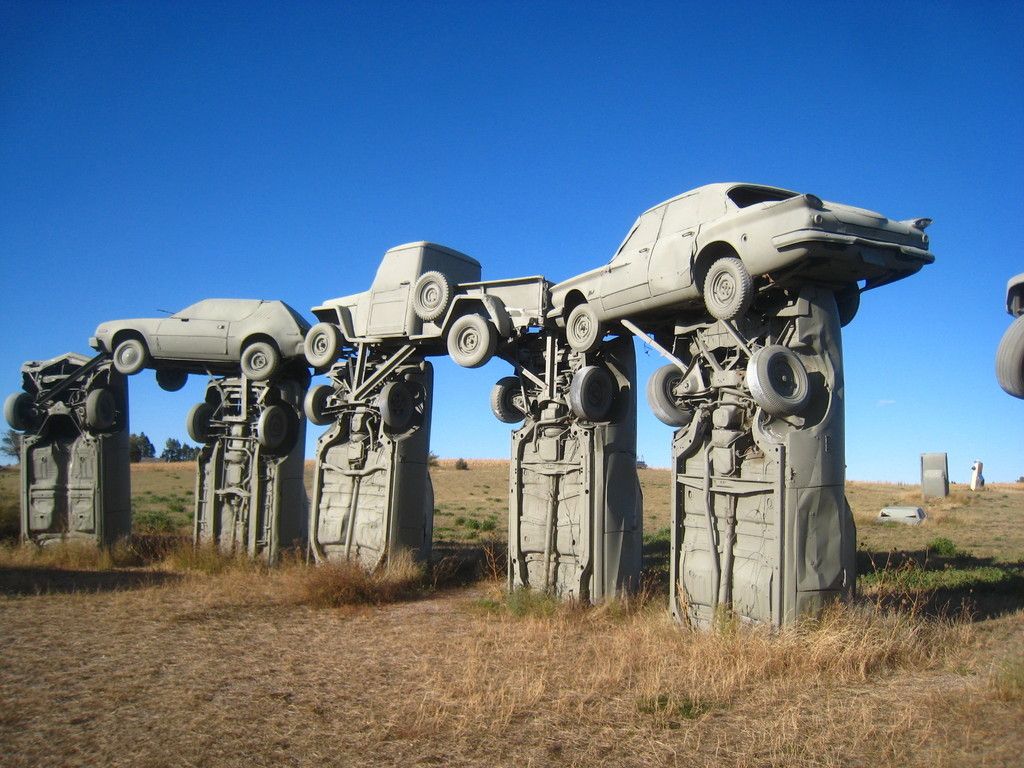Sponsored Listings:
By Rich Carriero
Now, in less than 100 days the long-awaited eclipse will trace an arc 40 miles wide across the country. On Monday, August 21st 2017, I will be squarely in its path (and sharing video footage with Trip.com).
The Great American Eclipse?
The moon goes around the earth every month, spending half of its time between us and the sun, so why don’t we see the moon’s shadow more often? First, the moon orbits the earth at an angle, so the moon’s shadow usually passes above or below the earth’s poles. For this reason eclipses happen at a rate of only 2-5 per year. Less than half of all eclipses are total: sometimes the moon is also too far away or the sun is too close for the moon to completely cover the sun’s face. Finally, the width of a total eclipse path is very narrow. Thus, a number of factors must align for a total solar eclipse to fall on any one spot. The 1979 eclipse only clipped the Pacific Northwest before disappearing into the Canadian Arctic. The last coast-to-coast solar eclipse occurred in 1918. Finally, this is the first eclipse to fall exclusively on the US in American history. For this reason, it’s been dubbed The Great American Eclipse.
How do I get the best view?
or most of us it’s going to take some driving and a little planning to witness the eclipse. Cities and towns have been preparing for this for years now—they’ve launched websites and printed merchandise. You can expect crowds and traffic – and you’ll want to book a hotel ASAP. Campsites in major parks that can be reserved, have been for months now. Private home rentals are going for thousands. These challenges notwithstanding, I highly encourage anyone who is interested to find a way to plant yourself somewhere along the 3000-mile eclipse path. I was able to reserve two campsites on a privately owned campground just a month ago. Sleeping in your car or an RV might just be worth it, too. There’s no spot in the U.S. more than 1000 miles from the eclipse path. It’s not going to get any easier than this.
Totality = the trippy eclipse of your dreams
According to NASA, the eclipse will hit the Western US just south of Portland at 10:18 PST and cross the country at about 1400 miles per hour along a band of totality between 40 and 60 miles wide. Outside of that band, viewers will see a partial eclipse, with most of the sun covered but not all. So won’t that be good enough? Well, according to the experts, it really, really matters whether or not the sun is completely covered. The sun is so bright that 90% of its disc could be covered and you wouldn’t even notice without eclipse glasses. When the sun is completely obscured, however, some weird stuff starts to happen. The sky turns a fiery orange and the temperature can drop by as much as 10 degrees. You will see the solar corona, a wavy ring of whitish fire around the sun that is normally invisible. You can see the stars in the middle of the day as well as Mercury and Venus. The crickets start chirping. These attributes don’t fully convey how uniquely powerful this experience can be, though. Wars have ended and religious figures have prophesied the end of the world because of eclipses. I get the impression that this is one of those experiences that words can’t properly describe.
Will I go blind?
In short, probably not. Back in the 1960s my grandfather herded his wife and three children into the basement during a solar eclipse because he was worried they’d lose their eyesight. The risk of eye damage surrounding solar eclipses is well known, but also somewhat overstated. There’s actually no risk to looking at an eclipse during the moments of totality. The danger comes in the hours and minutes before and after. Normally the sun’s overwhelming brightness keeps you from looking at it for too long and searing your retinas like tuna steaks. When the sun is almost completely eclipsed, however, you can look and it won’t hurt—but the light that gets through will still cause permanent damage. This goes quadruple for looking through a telescope or binoculars—think sunlight, ants and a magnifying glass. So, outside of the moments of totality, if you’re going to view the eclipse, get CE certified coated eclipse glasses (no, sunglasses aren’t nearly good enough). If you want to take pictures, you’ll also need protective film for your lenses.
Best Places to See the Eclipse
Biggest Cities
Nashville and Charleston The largest city in the eclipse path is Nashville, Tennessee, which will experience two minutes of totality at 1:28 CDT. Nashville is hyping the celestial event as the “Music City Eclipse.” Some unique viewing venues include the Nashville zoo, where guests are being encouraged to observe and record the animals’ reaction to the sun going dark; the Cumberland River, where Nashville Paddle Company is hosting a paddle-boarding tour to mark the occasion; and First Tennessee Park, where the AAA Nashville Sounds will be playing the Iowa Cubs as part of an “Eclipse Party.” The eclipse will reach the Atlantic coast at 2:49 EDT, passing over Charleston, South Carolina. The city will experience about 1 minute 30 seconds of totality and is hosting numerous viewing events, including kayaking eco-tours and boat cruises in Charleston Harbor. Fort Sumter, where the Civil War began, should be an ideal spot as well. Buck Hall Recreation Area, at the midpoint of the eclipse path, north of Charleston, will make for some the most beautiful coastal viewing. A number of other cities and large towns are quite close to the eclipse path: Portland, Kansas City and St. Louis all lie within 25 miles.
The Eclipse Corridor of Kentucky

by: Nerds on the Road – Courtesy: Trip.com
The greatest duration of the eclipse and widest portion of its path will fall in the area between Carbondale, Illinois and Paducah, Kentucky. By a bizarre coincidence, this same region will experience another total eclipse in just 7 years on April 8th, 2024. Giants City State Park will experience 2 minutes 41 seconds of totality, the longest span anywhere. Land Between the Lakes National Recreation Area is one of the best places for eclipse viewing in this area. This narrow bridge of land between Lake Barkley and Kentucky Lake enjoys mild temperatures, Lincoln-esque frontier cabins and its own buffalo herd!
Most scenic

by: Kamal H. flickr – Courtesy: Trip.com
Jackson, Wyoming The eclipse passes very close to a number of national parks in Idaho and Wyoming, narrowly missing Craters of the Moon National Monument to the South and Yellowstone National Park to the north. Totality passes directly over Jackson Hole at 11:36 AM, MDT, however. The town of Jackson is close to the center line and will experience over two minutes of totality while Grand Teton National Park is in the path as far north as Jackson Lake. Grand Teton is “anticipating its busiest day ever” and is setting up temporary travel routes and viewing areas but warns visitors not to expect any available campsites or lodging. Colter Bay Village is probably the best viewing spot in the park as, at that time of day, the sun will be nearly at its highest point in the southern sky above the lake and framed by mountain ridges. The drawback is that Jackson is one of the least accessible locations along the eclipse path. Hotels and campsites in town and in Grand Teton park are already booked solid. At the time of writing, the closest available rooms were in Cody, Wyoming, due east of Yellowstone and Bozeman, Montana, 216 miles away.
Most Scenic Runner Up

by: Ruth and Dave flickr – Courtesy: Trip.com
Sun Valley/Ketchum, Idaho This English major can think of no better way to enjoy the eclipse than sipping whiskey at Hemingway’s gravesite in Ketchum. These two popular ski towns are also visually stunning and enjoy great weather. Sun Valley and Ketchum, alas will have no rooms available but camping in Craters of the Moon and Sawtooth National Forest is possible as both have first come, first serve campgrounds. Craters of the Moon is hosting eclipse-related informational events on August 20th and has partnered with NASA and Idaho State University to arrange viewing in the nearby town of Arco, at Bottolfsen Park. The towns of Sun Valley and Ketchum have also partnered for eclipse viewing events. The drawback, however, is that totality will only last 1 minute, 4 seconds (at 11:29 AM). Sawtooth National Forest straddles the eclipse path and if you can find a campsite, you are likely to have great weather in a setting of stunning natural beauty.
Safest Bet

by: hyku flickr – Courtesy: Trip.com
Casper, Wyoming enjoys dry, sunny weather in August and will experience 2 minutes 26 seconds of totality, starting at 11:42 AM. Casper is also well-connected: Interstate 25 and state highway 26 run through the eclipse path for miles in three different directions. Cheyenne, is 178 miles away, normally a 2.5 hour drive but expect much heavier congestion with viewers coming from Denver. Sheridan, Wyoming, at the junction of Interstates 25 and 90, is 149 miles away to the north and also is likely to have far less traffic. Casper was the obvious choice for the state’s Wyoming Eclipse Festival, the centerpiece of which is the Astronomica League’s annual convention. Multiple events and exhibits celebrate the cowboy culture, Wild West history and stunning natural beauty of Wyoming.
Druid Style

by: cm195902 flickr – Courtesy: Trip.com
Many ancient civilizations constructed edifices that marked the transit of the sun through the sky. Alliance, Nebraska, is home to America’s answer to these ancient marvels—Carhenge, a re-creation of Stonehenge using the wrecks of classic cars. I was here once before, on a trip to the Badlands. When I looked at the eclipse map and saw that the path passes almost perfectly over Carhenge, I knew that was my spot. Dale Jeske, who owns the campground where I’ll be staying, told me that he’s gotten reservations from as far afield as France and Guatemala. Alliance is expecting 10,000 to 20,000 visitors, compared with a local population of 8000; it’s recommended to bring your own food and water. Alliance will be hosting live music and portable planetariums throughout town and all local attractions will be open on the days leading up to the eclipse.
Cover image credit: https://www.flickr.com/photos/gsfc/8188705798/
Source: gogobot.com










